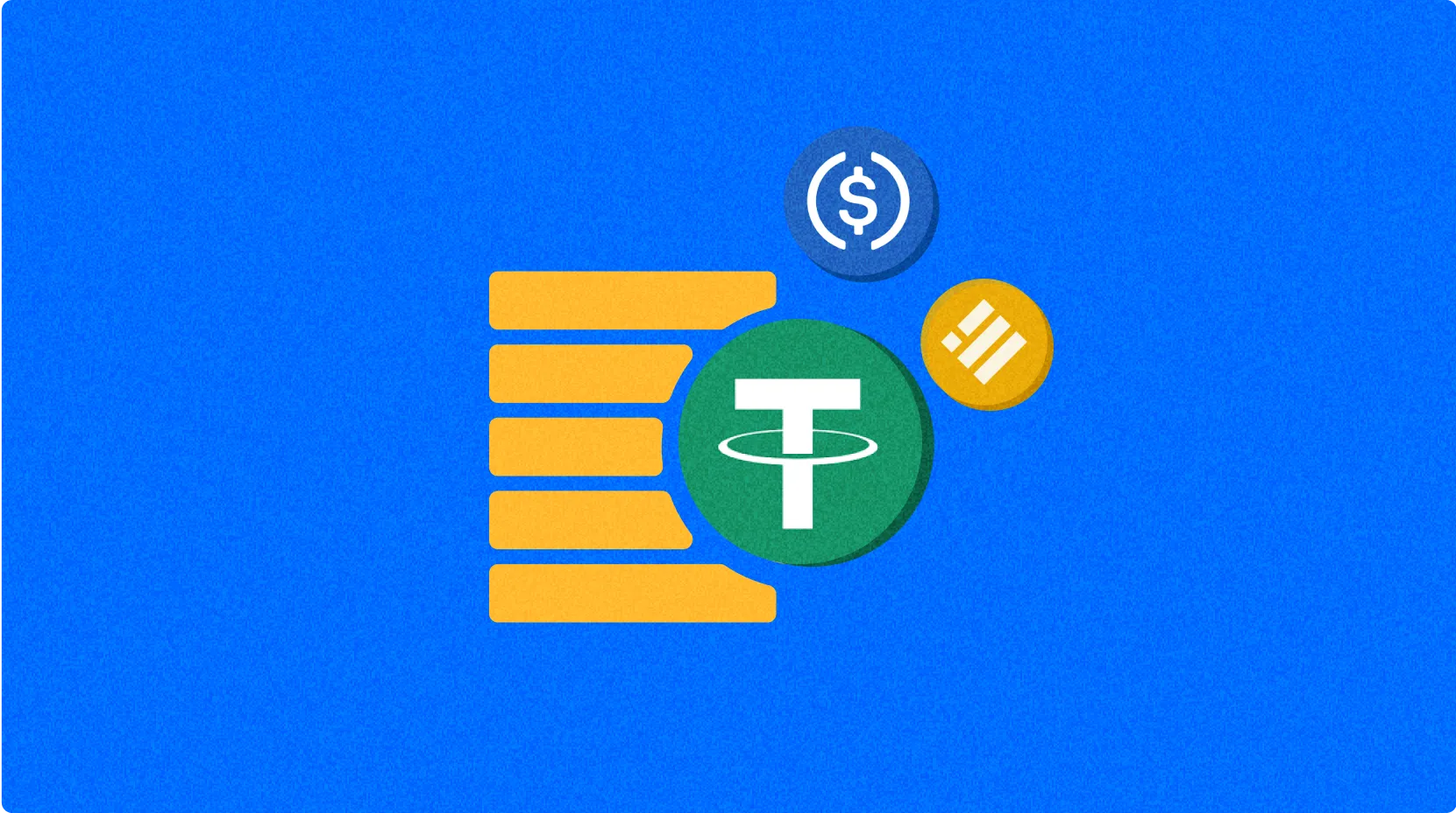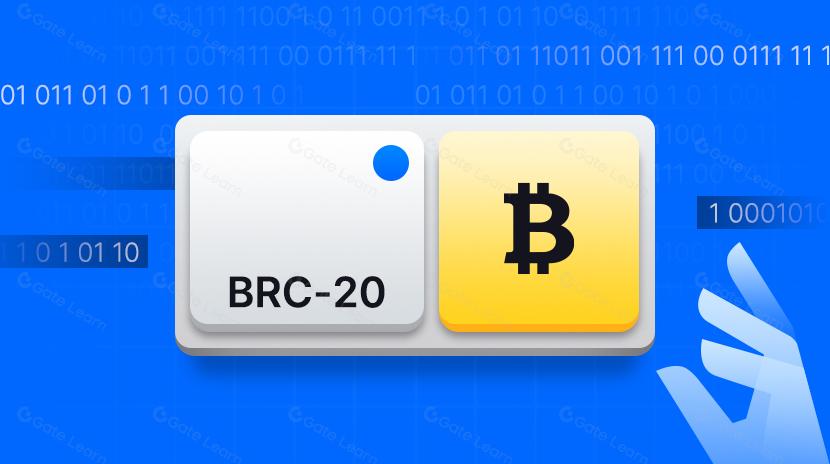what is bitcoin core

Bitcoin Core is the primary client software and reference implementation for the Bitcoin network. It represents the direct continuation of Satoshi Nakamoto's original Bitcoin vision and is maintained by a group of core developers dedicated to keeping the Bitcoin network secure, stable, and decentralized. As a full node implementation, Bitcoin Core not only handles transaction validation but also stores the complete blockchain history, which is crucial for maintaining the integrity and security of the network.
Background: The Origin of Bitcoin Core
The history of Bitcoin Core traces back to 2009 when Satoshi Nakamoto released the first client implementation of Bitcoin, simply called "Bitcoin". As the project evolved, this original client was renamed to "Bitcoin-Qt" in 2012, and later officially became "Bitcoin Core" in 2014 to distinguish it from other implementations.
This name transition marked an important developmental stage in the Bitcoin ecosystem, reflecting the community's recognition of the need to clearly differentiate between the protocol itself and its reference implementation. Bitcoin Core is now maintained by a distributed team of developers following an open governance model, where all code changes undergo rigorous review processes and consensus mechanisms.
From its initial v0.1 release to the present, Bitcoin Core has undergone numerous significant updates, including Segregated Witness (SegWit) and Taproot protocol upgrades, each aimed at enhancing the network's scalability, privacy, and security.
Work Mechanism: How Bitcoin Core Functions
As a full node implementation, Bitcoin Core performs several key functions:
- Transaction and block validation: Verifies that all transactions and blocks conform to Bitcoin's consensus rules, rejecting invalid operations.
- Blockchain storage: Maintains a complete history of the blockchain, containing all transaction data since the genesis block.
- Mempool management: Keeps unconfirmed transactions and participates in transaction selection when building new blocks.
- Network communication: Connects to other nodes via P2P networking to propagate transaction and block information.
- Wallet functionality: Provides basic wallet features for creating and managing Bitcoin addresses and sending transactions.
- Consensus rule enforcement: Executes consensus rules to ensure all participants follow the same protocol standards.
Bitcoin Core employs a modular design with main components including the consensus engine, networking layer, wallet module, and user interface. It also implements various security mechanisms such as transaction signature verification, proof-of-work validation, and peer network connection management, collectively forming the security foundation of the Bitcoin network.
What are the risks and challenges of Bitcoin Core?
Despite being the most widely deployed client for the Bitcoin network, Bitcoin Core faces several notable challenges:
- Resource requirements: Running a full node demands significant storage space (over 500GB as of 2023) and bandwidth, potentially limiting the number of participants.
- Technical barriers: Configuring and maintaining Bitcoin Core requires certain technical knowledge, making it less user-friendly for average users.
- Scalability issues: Limitations in the underlying Bitcoin protocol directly affect client capabilities, such as transaction processing bottlenecks due to block size constraints.
- Development decision controversies: Decisions about protocol changes sometimes generate community disputes, as seen in the 2017 disagreements over scaling solutions that led to the Bitcoin Cash fork.
- Centralization pressures: As the blockchain grows in size, maintaining full nodes becomes increasingly difficult, potentially reducing node count and challenging network decentralization.
- Security risks: As the core software for the Bitcoin network, any potential vulnerabilities could pose serious threats to the entire ecosystem.
Bitcoin Core is vital to the long-term sustainability of the Bitcoin network. It serves not only as the technical backbone of the network but also represents the community's commitment to decentralization, security, and consensus. Through continuous development and improvement, Bitcoin Core continues to maintain protocol stability while enabling Bitcoin to adapt to new challenges and requirements, providing foundational support for the healthy development of the digital currency ecosystem.
Share
Related Articles

In-depth Explanation of Yala: Building a Modular DeFi Yield Aggregator with $YU Stablecoin as a Medium

BTC and Projects in The BRC-20 Ecosystem
